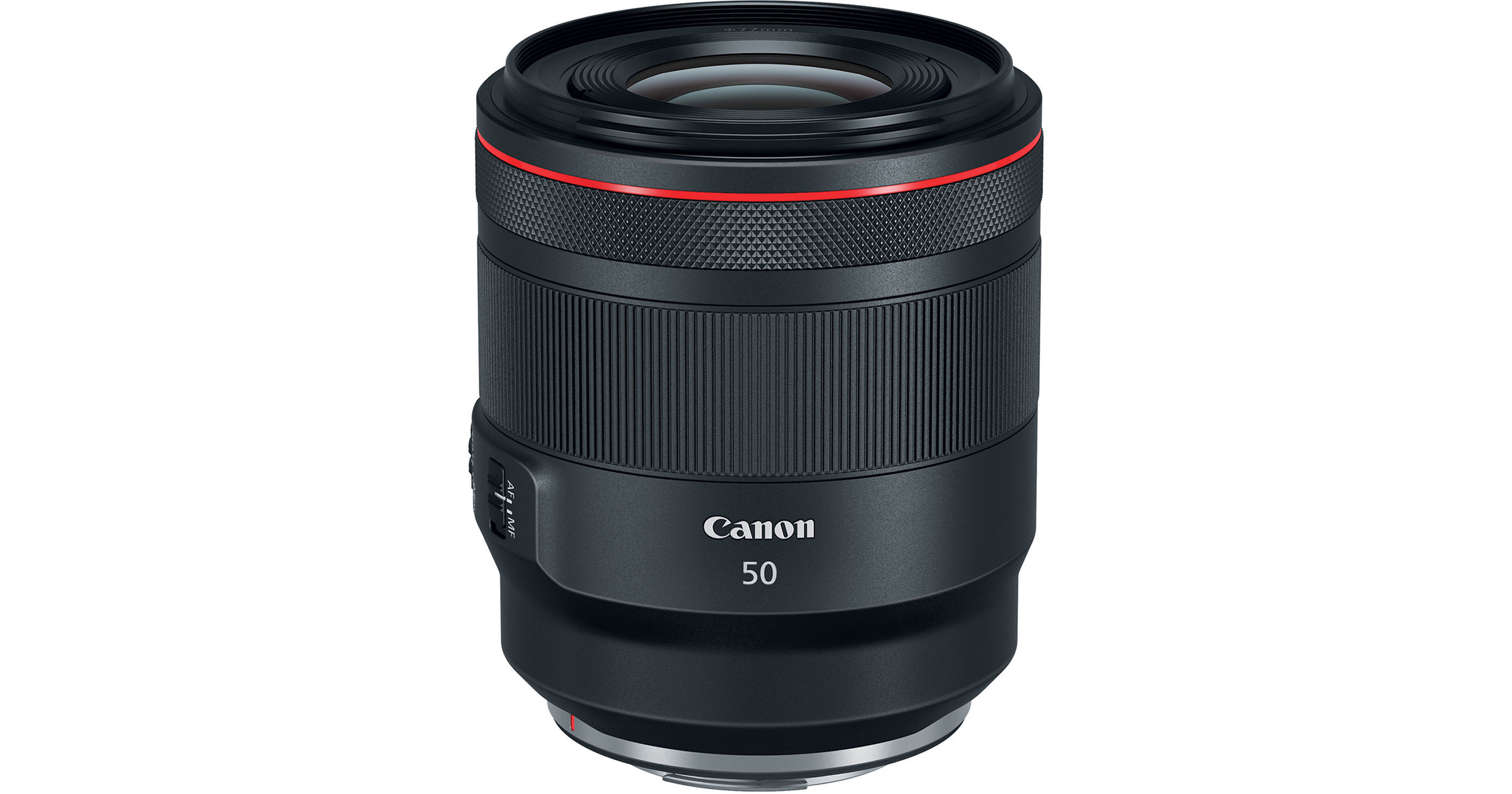How does the material of the lens affect the diffraction limits - the diffraction limit is caused by the ring of material around the lens?
Optical-grade Acrylic has a much higher index of refraction than fluorite glass which means alignment of lens elements needs to be more precise once you get above the 2+ metre threshold for the diameter of individual lens elements so that chromatic aberation doesn't occur (I'm not an optical scientist so my understanding is somewhat limited!). You're trying to PREVENT the spread of light-rays into areas where they shouldn't be going within a given lens and sensor assembly!
The parent company uses electro-hydraulics-based adaptive optics where lens elements are moved by a series of electric + hydraulic motors as fast as 300 movements per second to align the lenses for perfect imagery for elements that ARE LARGER THAN TWO METRES ACROSS. It also functions as a very large IBIS-like optical stabilization system IN ADDITION to having the entire assembly set on a 6-axis gimbal to counter the effects of orbital wobble!
That's WHY we can get 3 cm per pixel resolution because the incoming light waves are mapped by computer to specific areas of a sensor and computational photography principles ESTIMATE which parts of an image will receive how much light in what specific visible band of EM (i.e. using ray-tracing techniques) and this is done as fast as 300 calculations per second per mapped arc-degree on any given lens element. That means a total of TENS OF BILLIONS of floating point operations per second for all the lens elements combined! We actually put up a rad-hardened supercomputer system in-orbit to be able to do those calculations in real-time for auto-correction of pixel-level aberations!
Again, I'm not the optical physicist, so I can only go by what I read in our lens assembly manuals and this thing is the size of a transit bus! It's one of the more MASSIVE human-made objects in space. Bigger than the Gambit/Misty NRO satellites! Its very eccentric orbit makes it hard to spot but the upper one is Polar Orbit so it shouldn't be too hard to see in North America!
And NO I don't have it's specific orbital coordinates -- It's not a classified system but I think for commercial reason has more to do with keeping its long term weather projection abilities secret! Evidently, high end imaging systems combined with supercomputers combined with year-over-year weather and crop-growth statistics creates VERY VALUABLE WEATHER PREDICTION DATA that is used in financial markets-oriented commodity food and petroleum products options and futures purchases and sales/resales on the order of 10 or 11 digit levels per year! The licencing of that weather-related data makes for some significant income for the parent company.
P.S. This year's prediction is very dry out west for most of the year with not as much snow for the ski mountains (La Nina effects!) except for week-long bursts of precipitation that will occur sporadically but with great intensity. This means it will be mostly cooler and dryer in the pacific northwest with some short-term but intense Rainageddons in Seattle/Vancouver in November 2020 to February 2021 and several short-term Snowmaggedons in the Eastern Rockies (i.e. Denver, Colorado and Calgary, Alberta) about once every 6 to 8 weeks for the October 2020 to April 2021 period! Skiing on the west coast won't be as good as last year but the Rockies should be fine for winter snow.
The upper prairies into Canada will be colder and dryer than last year but the east coast will be dumped on rain-wise and sleet-wise. California will be especially dry with little rain but moderately cooler or warmer temperatures than last year. The lower west coast California could be 1.5 to even 2 degrees up or down from last year on average due to La Nina-related effects. South will be almost identical to last year maybe a tiny-bit dryer and cooler. The southeast (Florida and nearby states) is always harder to predict due to the water vapour uprise effects prevalent in the Virginias and Carolinas where this winter is a toss-up between Snowmageddon, Stormageddon or Sunny or all-three. I wouldn't be surprised to see some intense frost in upper Florida this year wrecking havoc on the Orange crop for 2021! (Don't blame me if all the above is completely wrong though -- it's only a limited but reasonable estimation!)
V
Last edited:
Upvote
0



